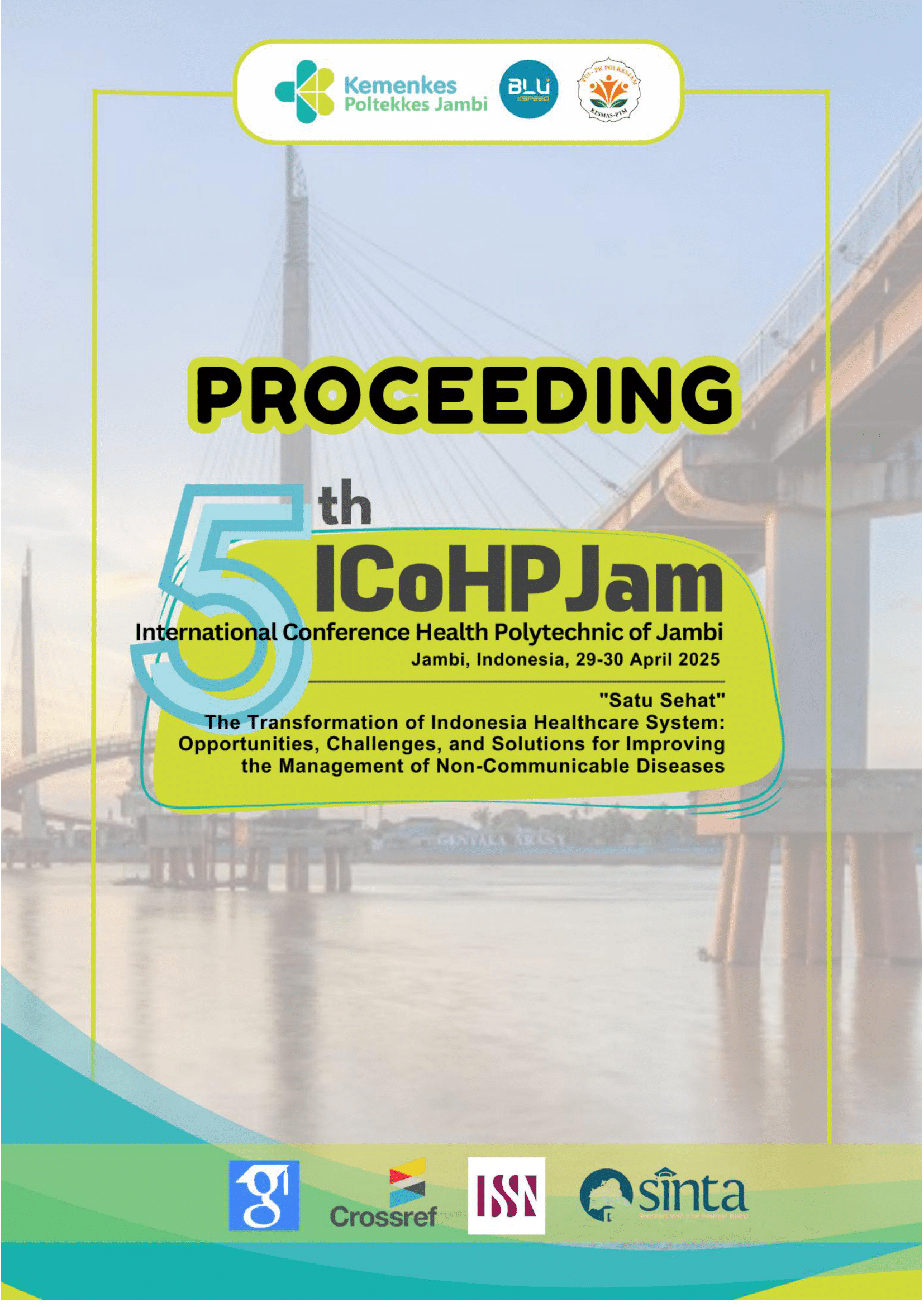Stunting In Children in Kendal Regency: Evaluation of Breastfeeding and Complementary Food Provision Patterns as The Main Factor
Abstract
Background: Kendal Regency is one of the regions in Indonesia registered as a stunting handling locus in the National Development Planning since 2021. The Stunting Reduction Acceleration Team was formed by Regent Regulation Number 42 of 2021, but the prevalence is still high at 22.4%. This study aims to analyze the factors influencing stunting, especially the pattern of exclusive breastfeeding and the pattern of complementary feeding given by mothers in the first 1000 days of a child's life.
Method: The cross-sectional study analytical survey research method in the Cepiring Health Center work area, Kendal Regency, Central Java was conducted in March 2025. Data analysis was conducted univariately, bivariately, and multivariately using the Chi-square test (χ2) with a 95% confidence level (α = 0.05) and odds ratio.
Result: Children who do not receive exclusive breastfeeding have a 1.5 times greater risk of experiencing stunting with a ρ value of 0.003; OR 1.500 (CI 0.945 - 2.381), indicating a significant relationship between exclusive breastfeeding and stunting. Although children who are exclusively breastfed can still experience stunting, other factors, such as inappropriate patterns of complementary feeding (complementary feeding), contribute significantly to stunting. Children who receive inappropriate complementary feeding (late, with low nutritional quality) have a higher risk of stunting with a ρ value of 0.039 and OR 10.400 (CI 0.785 - 137.832).
Conclusion: To reduce the risk of stunting, it is important to educate parents about exclusive breastfeeding, the right complementary feeding pattern, and ensuring adequate nutrition for children from an early age.



